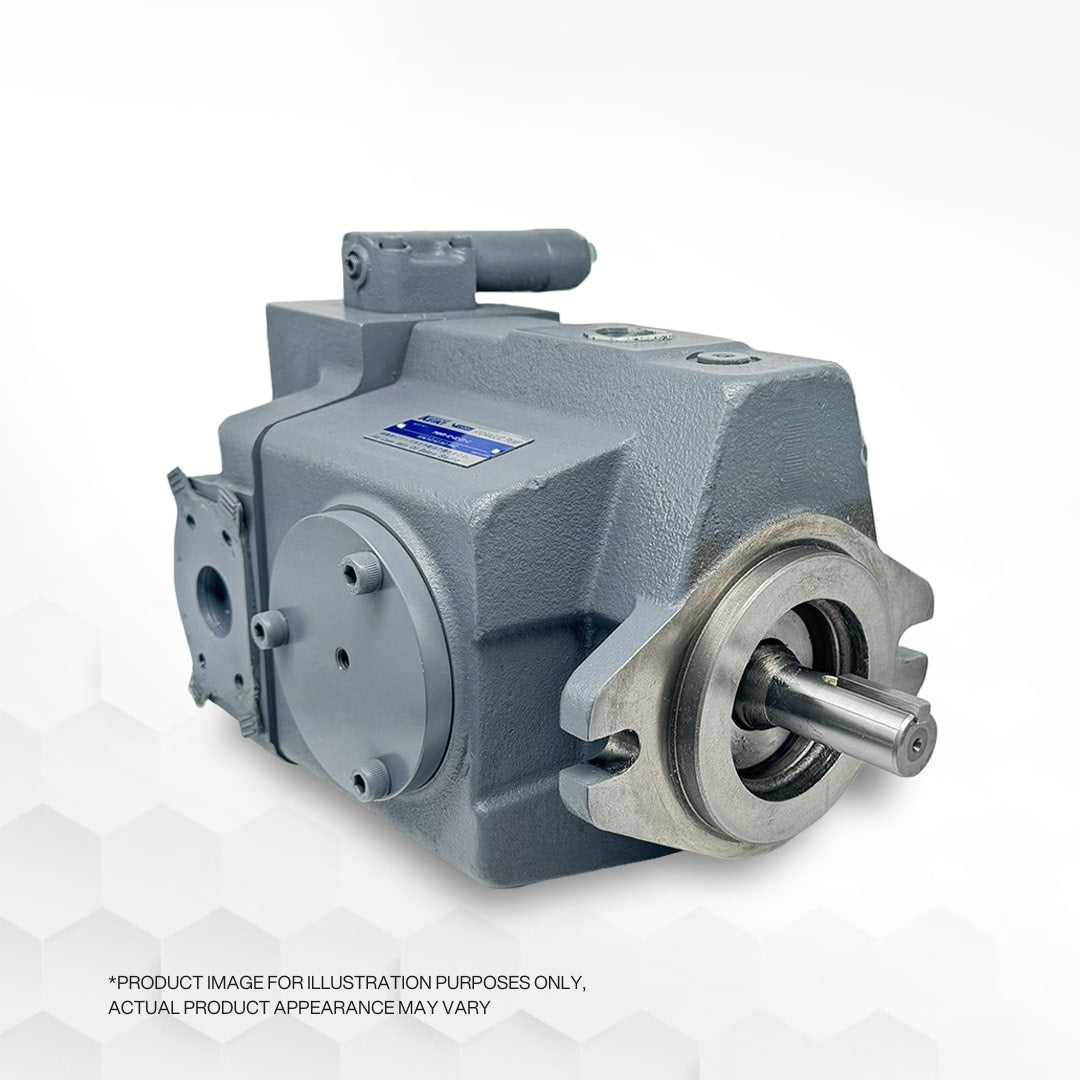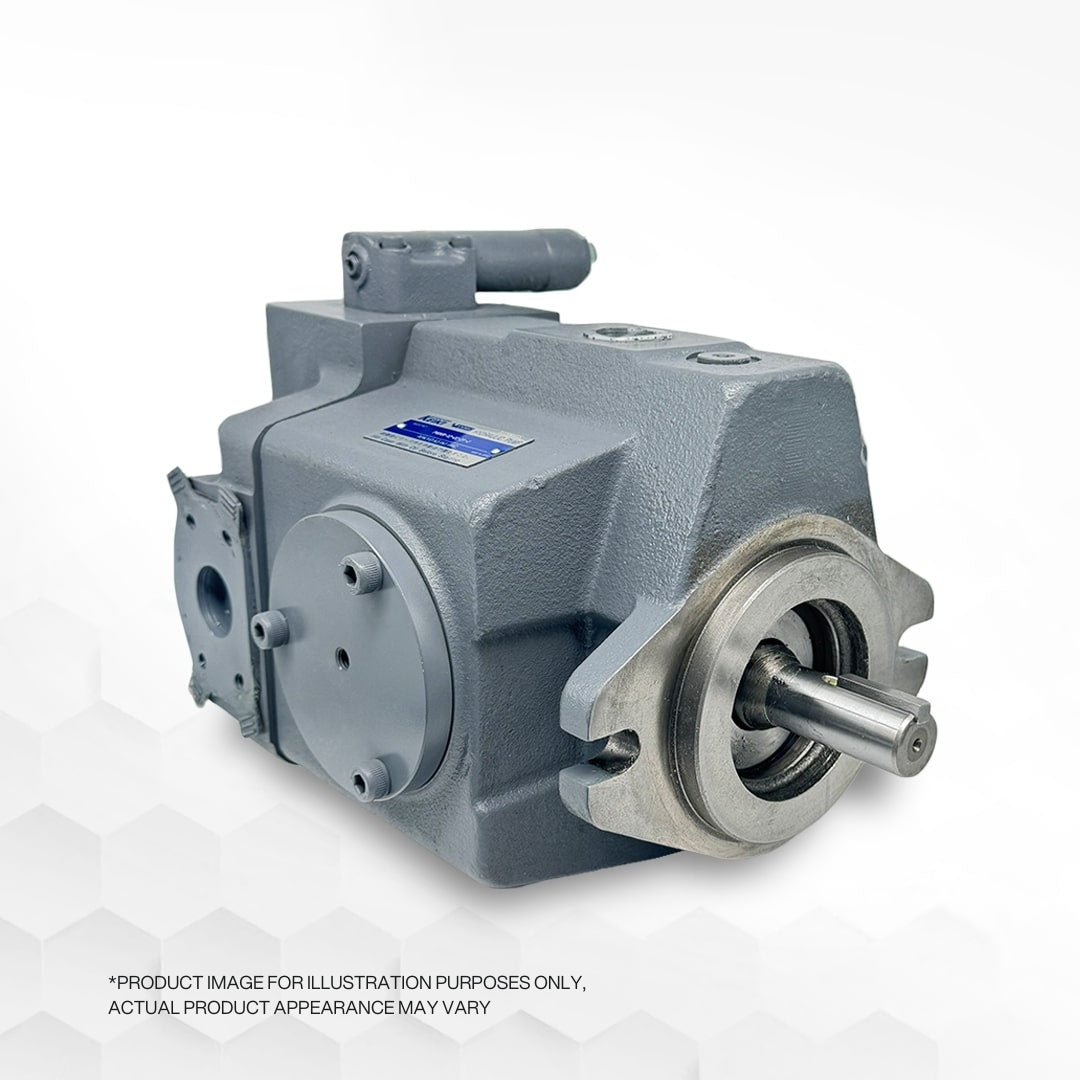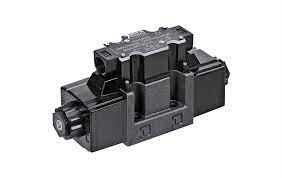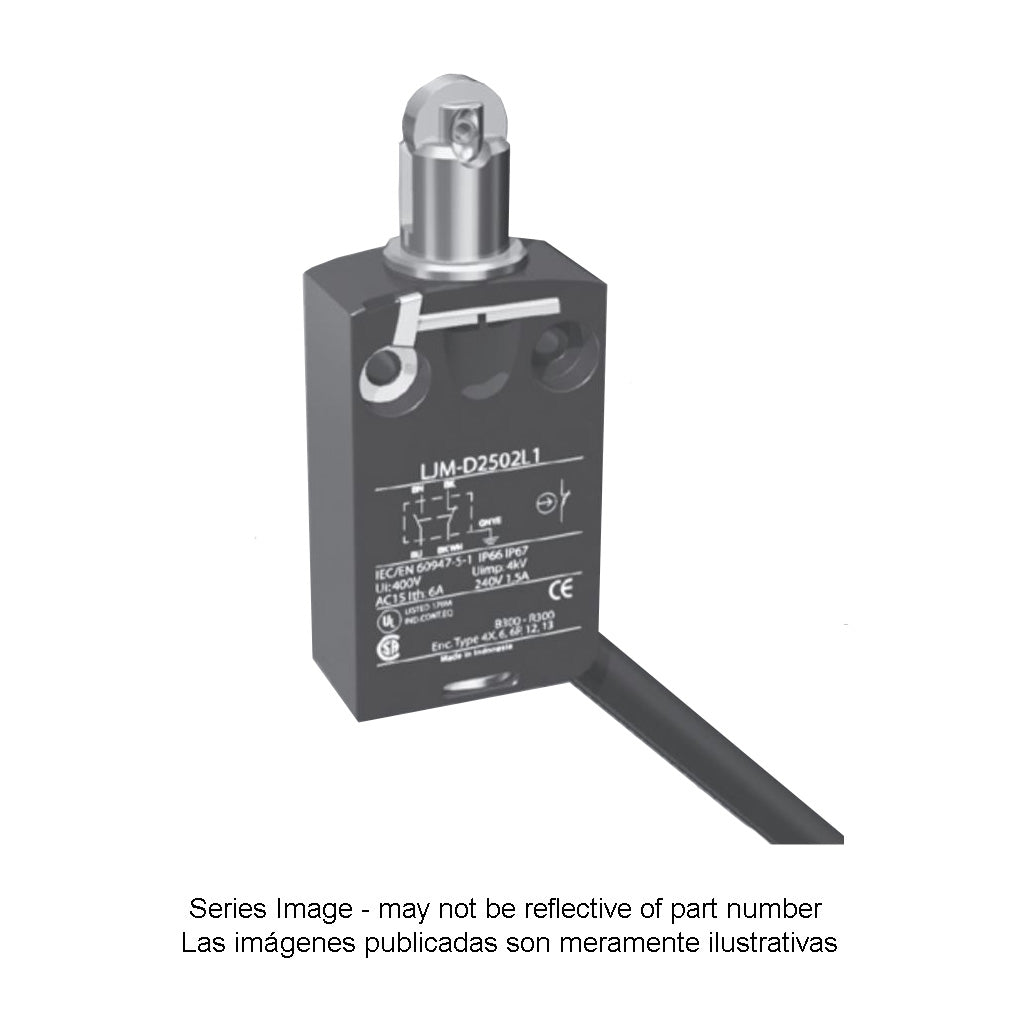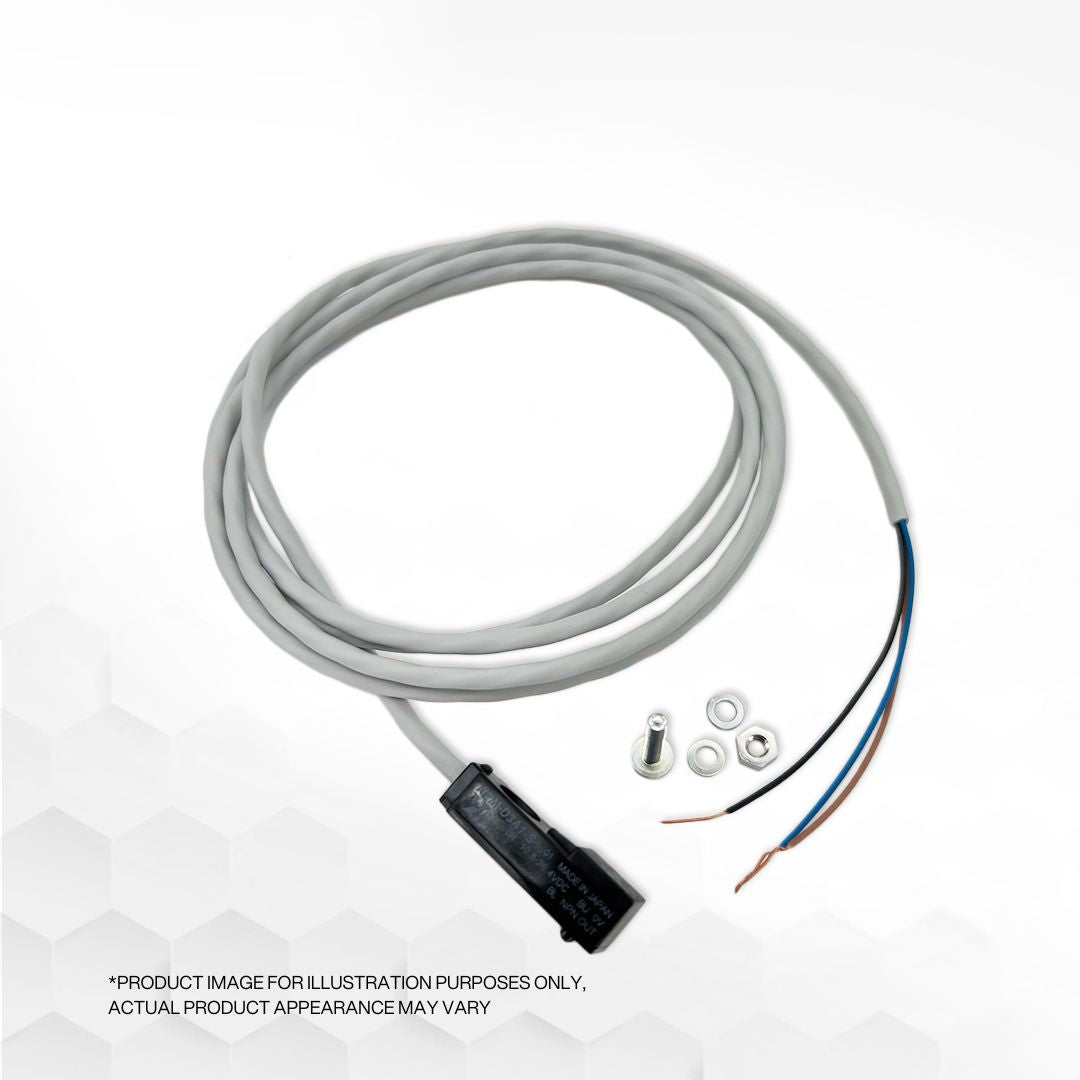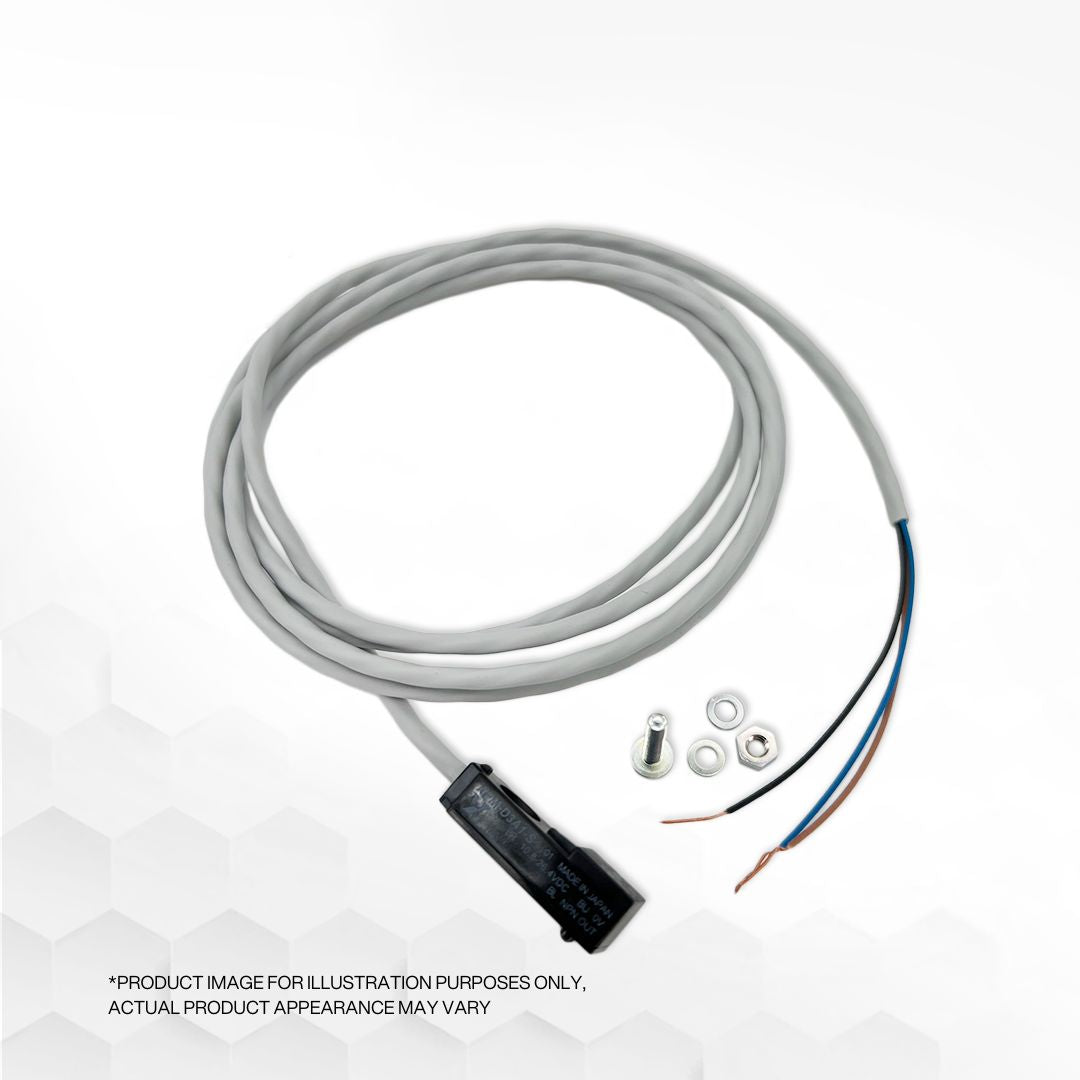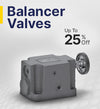
What Are Relief and Unloading Pressure Controls?
Pressure-control valves encompass several types, including those designed to maintain system pressure, protect specific system sections, allow flow to isolated circuits at preset pressures, and bypass fluid when pressure is low or non-existent. However, this article will focus solely on relief valves and unloading valves due to their close association with hydraulic pumps. Relief valves play a crucial role in fixed-volume pump circuits, safeguarding the system from excessive pressure and preventing potential damage.
For fixed-volume pumps to operate, they must continuously move fluid. Pressure-compensated pump circuits, on the other hand, do not require relief valves as they only activate when pressure drops below the compensator setting. Nevertheless, many designers still prefer using relief valves in such circuits. The function of a relief valve is analogous to an electrical fuse, where it remains closed under normal conditions but opens to bypass excess flow and protect the system when pressure approaches or exceeds the valve's setting.
Unlike electrical fuses that require manual reset or replacement, relief valves automatically open and close, making them self-reliant in preventing system damage. These valves bypass fluid to the tank when pressure exceeds their setting and operate independently without maintenance intervention. They are instrumental in preventing overheating and ensuring system efficiency.
Two main types of relief valves are direct-acting and pilot-operated, each having unique advantages and suitability for specific applications. Direct-acting relief valves offer quick response times due to their single moving part, resulting in reduced pressure spikes. However, they may open partially at pressures lower than the set value, affecting system efficiency. Pilot-operated relief valves, on the other hand, offer less pressure override, preventing premature dumping of flow and allowing all high-volume pump flow to be utilized during operation.
Unloading valves, considered pressure-control devices, are used to dump excess fluid to the tank at low or no pressure. They find applications in hi-lo pump circuits, where two pumps provide high-speed, low-pressure strokes and a single pump delivers high pressure for work. These valves ensure efficient energy use and cost-effectiveness in the circuit.
Both direct-acting and pilot-operated unloading valves have their advantages, with the latter offering reduced pressure override and more effective utilization of high-volume pump flow. Unloading valves can be remotely operated, eliminating the need for extra personnel during troubleshooting, and are highly reliable, requiring minimal maintenance.
In conclusion, relief valves and unloading valves play critical roles in hydraulic systems, protecting components from excess pressure, preventing damage, and ensuring system efficiency. Their proper selection and implementation contribute significantly to the smooth and safe functioning of hydraulic circuits.
